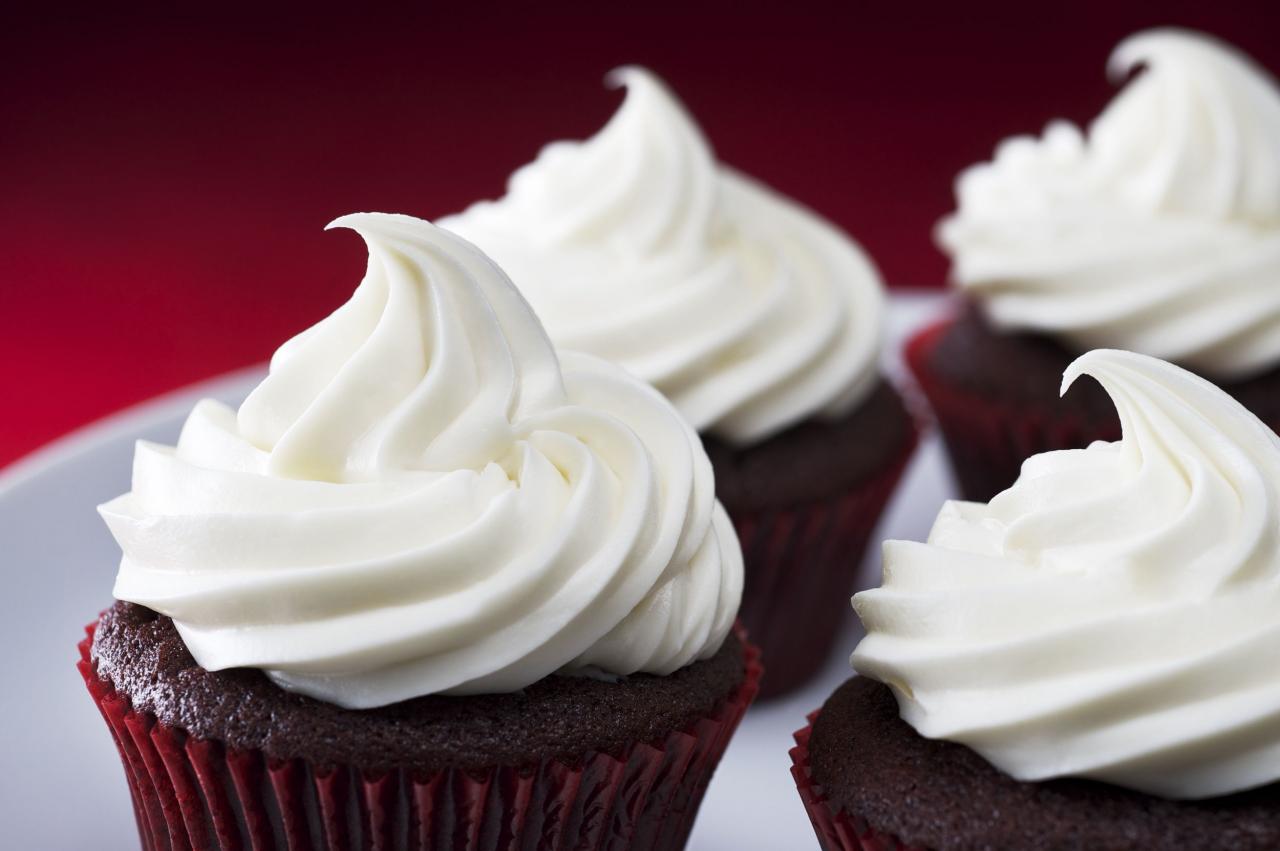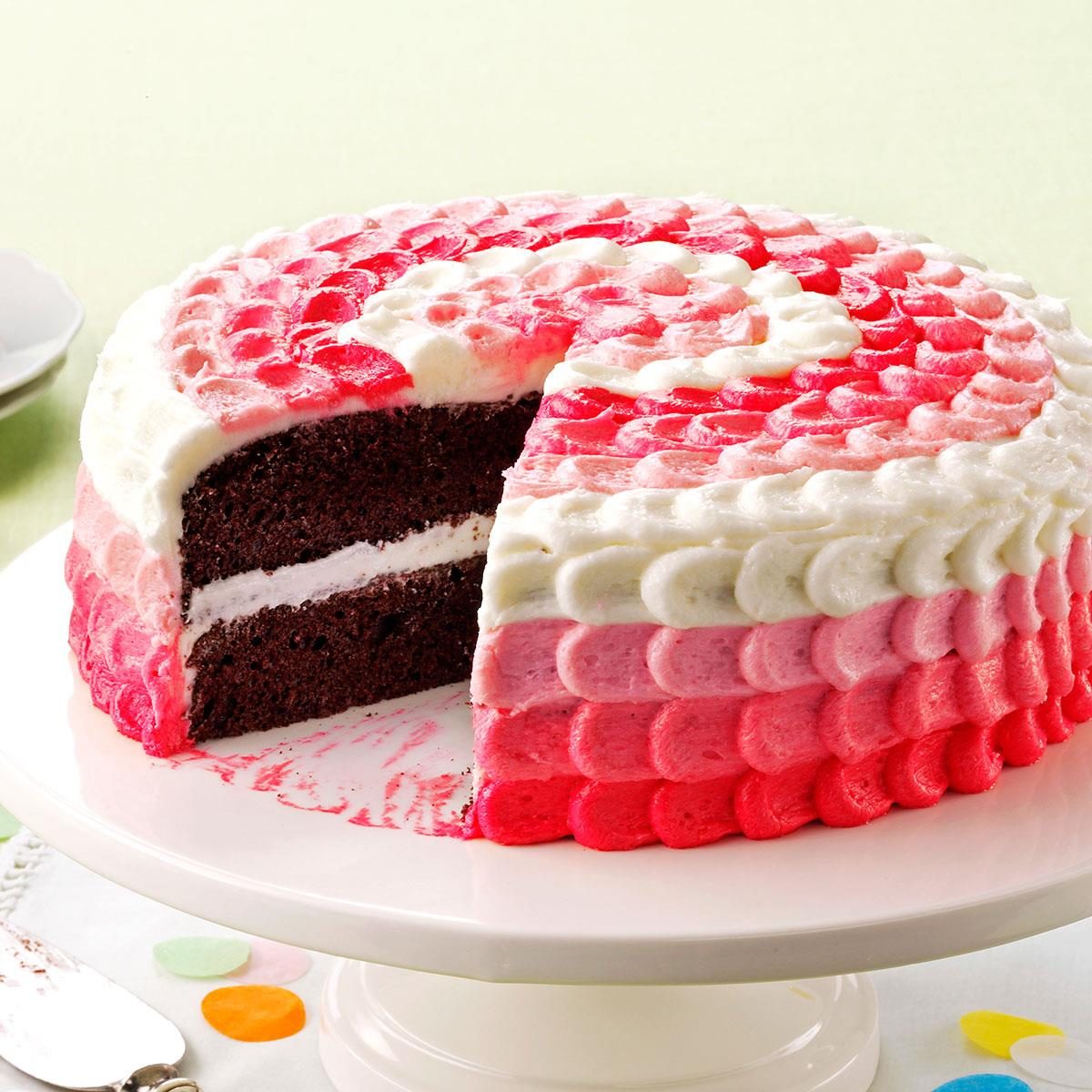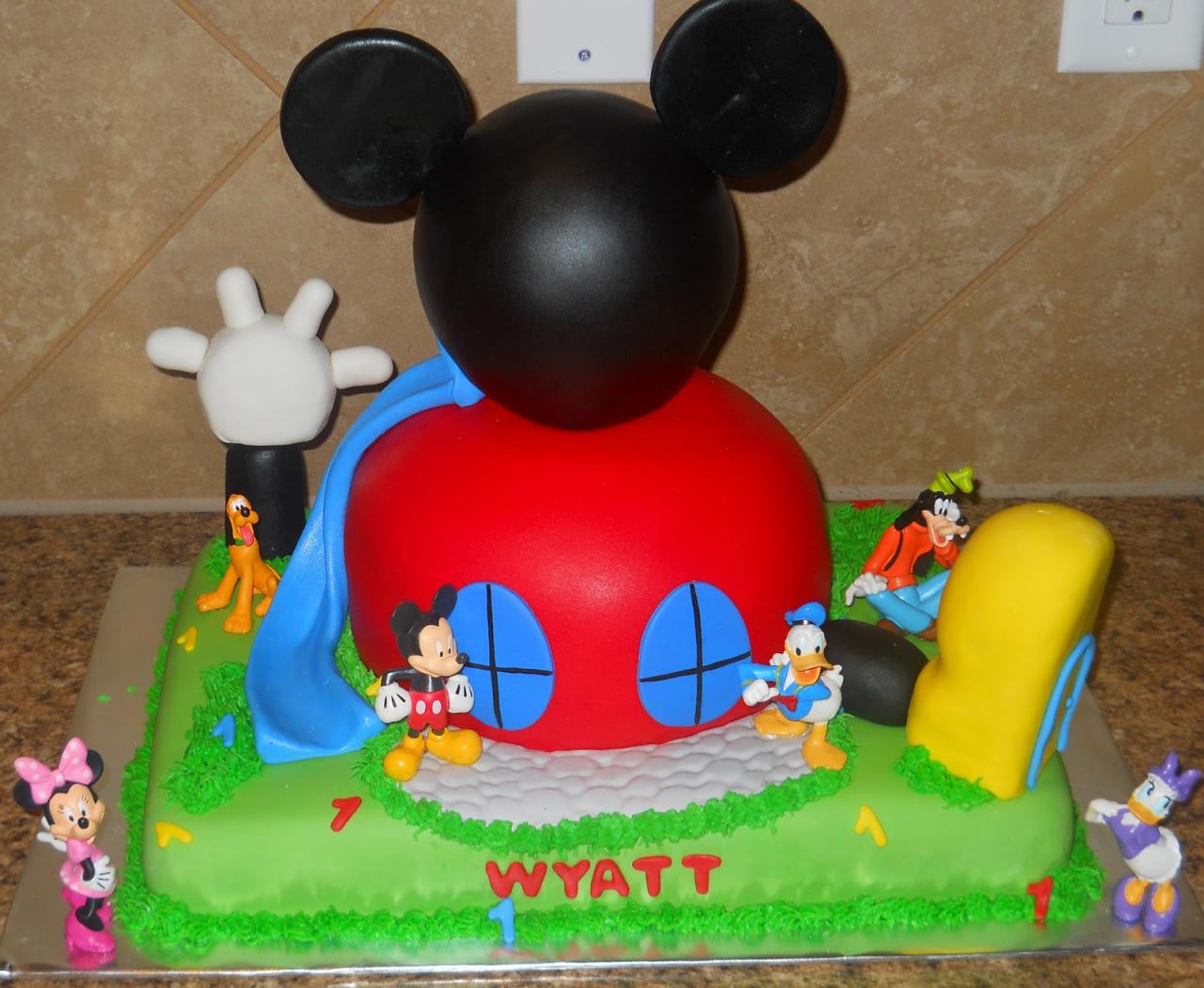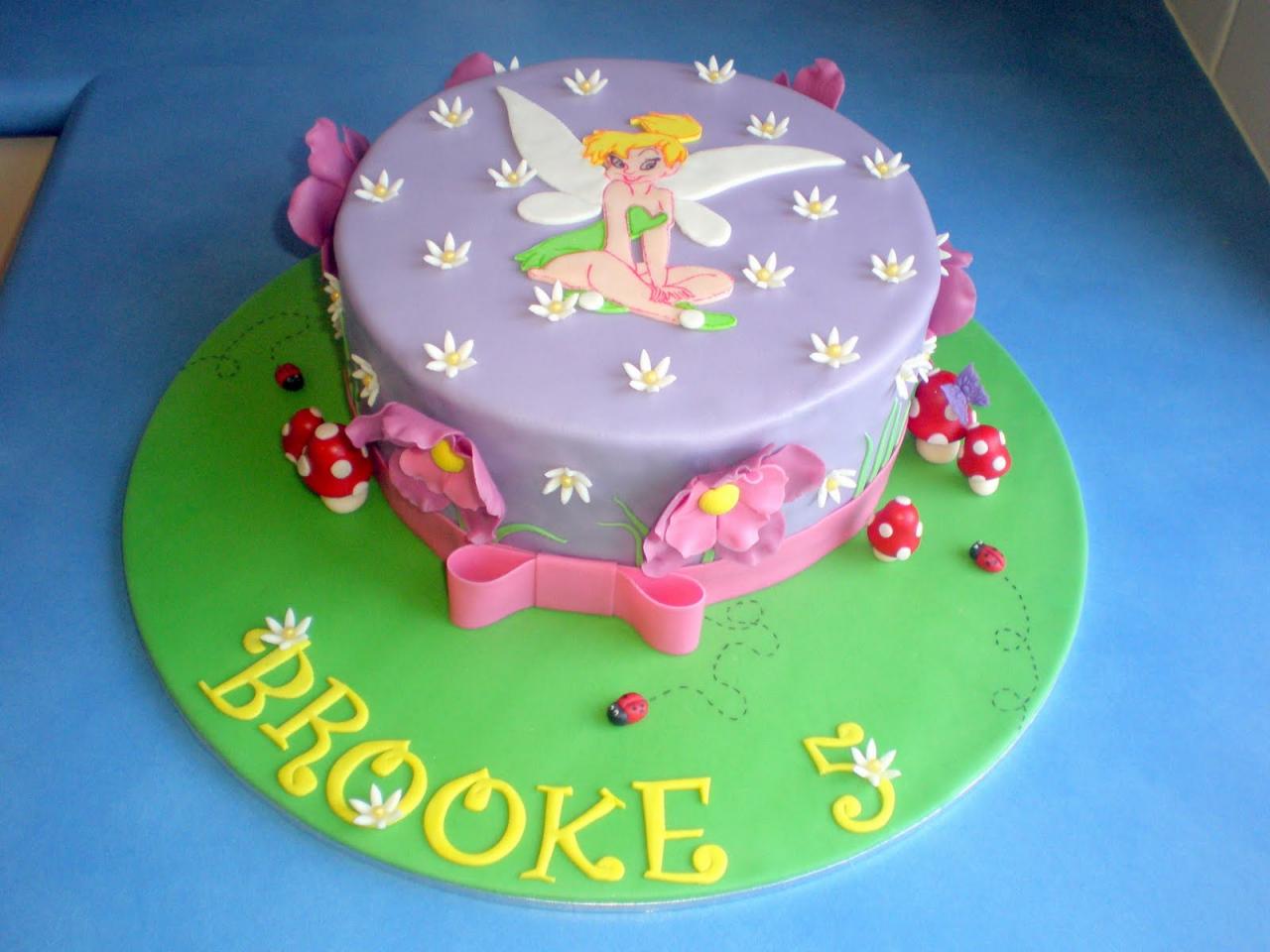How to make icing cake – Welcome to the world of icing cakes, where creativity meets culinary artistry. Icing, the crowning glory of any cake, transforms a simple dessert into a masterpiece. From classic buttercream to decadent ganache, this guide will take you on a sweet journey, empowering you to create mouthwatering icing cakes that will impress your taste buds and captivate your senses.
As you embark on this culinary adventure, you’ll discover the essential ingredients and equipment needed to craft perfect icing. Our step-by-step instructions will guide you through the process with precision, ensuring success at every turn. Let’s dive into the world of icing cakes and unlock your inner pastry chef!
Introduction

Icing cakes are a delectable art form that transforms ordinary cakes into extraordinary masterpieces. Icing not only enhances the visual appeal but also adds a burst of flavor and texture to every bite.
From smooth and silky to rich and textured, there’s a vast array of icing types to choose from, each with its unique characteristics. Whether you prefer the classic buttercream or the decadent ganache, icing offers endless possibilities to customize and elevate your cakes.
Common Types of Icing
Let’s explore some of the most common types of icing used in cake making:
- Buttercream:A versatile and creamy icing made from butter, sugar, and flavorings.
- Cream Cheese Icing:A tangy and rich icing made with cream cheese, butter, and sugar.
- Ganache:A decadent and glossy icing made from chocolate and heavy cream.
- Royal Icing:A hard and glossy icing made from egg whites, sugar, and water.
- Fondant:A pliable and moldable icing made from sugar, water, and gelatin.
Ingredients and Equipment
Creating a delectable icing masterpiece requires a careful selection of ingredients and the use of appropriate equipment. These elements work in harmony to transform ordinary cakes into extraordinary culinary delights.
Essential Ingredients
- Confectioners’ Sugar:The primary ingredient, providing sweetness and structure.
- Liquids (Milk, Water, or Cream):Moistens the sugar, creating a smooth consistency.
- Butter or Shortening:Adds richness and creaminess, contributing to a velvety texture.
- Flavorings (Vanilla, Almond, Chocolate):Enhances the taste and aroma, adding depth and complexity.
Necessary Equipment
- Mixing Bowls:Used to combine and whip the ingredients.
- Electric Mixer or Whisk:Essential for achieving a smooth and consistent texture.
- Spatulas:For scraping the sides of bowls and spreading the icing evenly.
- Piping Bags and Tips:For intricate designs and precise application.
Step-by-Step Guide

Creating a delectable icing is an art that requires precision and attention to detail. This comprehensive guide will walk you through each step, ensuring a flawless execution that will elevate your baked creations.
Before embarking on this culinary journey, it is essential to gather the necessary ingredients and equipment. Refer to the preceding sections for a detailed list of what you will need.
Measuring and Mixing
- Using a measuring cup and spoon, carefully measure the powdered sugar, sifted to remove any lumps.
- In a large mixing bowl, whisk together the powdered sugar and any additional dry ingredients, such as cocoa powder or cornstarch.
- In a separate bowl, whisk together the milk, butter, and any flavorings, such as vanilla extract or almond extract.
Combining and Mixing
- Gradually add the wet ingredients to the dry ingredients, mixing constantly with a wooden spoon or electric hand mixer.
- Continue mixing until the icing reaches the desired consistency. If it is too thick, add more milk; if it is too thin, add more powdered sugar.
Applying the Icing
- Once the icing is ready, spread it evenly over the cooled cake or cupcakes using a spatula or piping bag.
- If desired, decorate with sprinkles, chopped nuts, or other toppings before the icing sets.
Variations and Flavors

Icing can be customized to create a variety of flavors and appearances. Here are some popular variations:
Buttercream:A classic icing made from butter, powdered sugar, milk, and flavoring. It is versatile and can be used for piping, spreading, or filling cakes.
Ganache:A rich and decadent icing made from chocolate and cream. It is perfect for glazing cakes or creating truffles.
Cream Cheese Frosting:A tangy and creamy icing made from cream cheese, butter, powdered sugar, and flavoring. It is a popular choice for carrot cake and red velvet cake.
Adjusting Flavors and Colors
The flavor of icing can be adjusted by adding extracts, spices, or fruit purees. The color of icing can be adjusted by adding food coloring. Here are some tips for adjusting the flavors and colors of icing:
- To add flavor, start with a small amount of extract, spice, or fruit puree and adjust to taste.
- To add color, start with a small amount of food coloring and adjust to the desired shade.
- For a more intense flavor, use a combination of extracts, spices, or fruit purees.
- For a more vibrant color, use a concentrated food coloring.
Decorating Techniques

Decorating your icing cake is an art form that can transform a simple dessert into a masterpiece. With a few basic techniques, you can create beautiful designs and add a personal touch to your cake.
Here are some essential decorating techniques to master:
Piping
Piping is a technique used to create intricate designs and borders on your cake. To pipe, you will need a piping bag fitted with a piping tip. Choose a tip based on the design you want to create, such as a star tip for stars or a round tip for lines.
Tip:Practice piping on parchment paper before attempting it on your cake.
Spreading
Spreading is a simple but effective technique for covering your cake with a smooth, even layer of icing. Use a spatula or offset spatula to gently spread the icing over the cake, starting from the center and working your way outwards.
Tip:Chill your icing slightly before spreading it for a smoother finish.
Creating Textures
Creating textures in your icing can add depth and interest to your cake. You can use a fork or toothpick to create swirls, waves, or other patterns. You can also use a palette knife to create a more rustic, textured look.
Tip:Experiment with different tools and techniques to create unique textures.
Troubleshooting: How To Make Icing Cake
Making icing can be a delightful experience, but encountering issues along the way is not uncommon. To ensure a smooth and successful icing-making process, let’s explore some common problems and their practical solutions.
Before diving into specific troubleshooting tips, it’s important to emphasize the significance of precise measurements and following the recipe instructions meticulously. Slight deviations in ingredient ratios or technique can impact the outcome of your icing.
Icing is too thick
- Possible Cause:Insufficient liquid
- Solution:Gradually add more liquid, such as milk or water, a tablespoon at a time, until the desired consistency is achieved.
Icing is too thin
- Possible Cause:Excess liquid
- Solution:Add more powdered sugar, one tablespoon at a time, until the icing thickens to your liking.
Icing is lumpy
- Possible Cause:Insufficient mixing
- Solution:Continue mixing the icing thoroughly, either by hand or with an electric mixer, until it becomes smooth and lump-free.
Icing is too sweet, How to make icing cake
- Possible Cause:Excessive sugar
- Solution:Gradually reduce the amount of sugar in the recipe or balance the sweetness with a hint of lemon juice or salt.
Icing is not stiff enough
- Possible Cause:Insufficient powdered sugar
- Solution:Add more powdered sugar, one tablespoon at a time, until the icing reaches the desired stiffness.
Storage and Shelf Life

Proper storage techniques are essential to maintain the quality and freshness of your icing. Different types of icing have varying shelf lives, so understanding how to store each type appropriately is crucial.
To ensure optimal preservation, store your icing in an airtight container. This will prevent it from absorbing moisture and odors from the surrounding environment. Additionally, keep the icing refrigerated to slow down the growth of bacteria and mold.
Refrigerated Icing
- Most icings can be stored in the refrigerator for up to 2 weeks.
- Before using refrigerated icing, bring it to room temperature for easier spreading or piping.
Frozen Icing
- Icing can be frozen for up to 3 months, extending its shelf life significantly.
- To freeze icing, place it in an airtight container and freeze it until solid.
- When ready to use, thaw the icing in the refrigerator overnight or at room temperature for several hours.
Final Wrap-Up
In this comprehensive guide, we’ve explored the art of making icing cakes, from understanding the basics to mastering decorating techniques. Remember, practice makes perfect, so don’t be afraid to experiment with flavors and designs. Whether you’re a seasoned baker or just starting your culinary journey, we hope this guide has inspired you to create stunning icing cakes that will delight your loved ones and elevate your celebrations.


